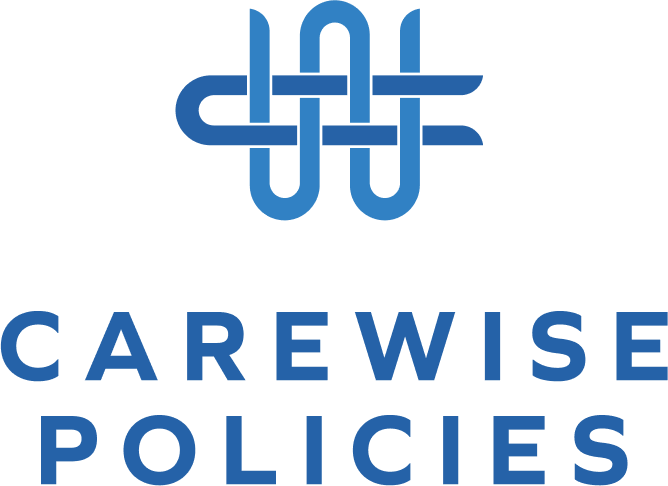- January 13, 2025
- Posted by: Hazem Elgazzar
- Categories: Blogs, Uncategorized

Policy Review and Revision Approach
Ways of Policies Development
Rather than creating a new policy from scratch, some organizations may opt for a policy review and revision approach, where existing policies are regularly evaluated and updated to reflect current needs and regulatory changes. This approach ensures that policies remain relevant and effective over time. The first step is to conduct a schedule for reviews. As policies should be revised at regular intervals, depending on the type of policy. Some policies, such as patient safety require frequent review. Example: A hospital may establish a review cycle where policies (e.g., medication administration) are reviewed. Thecommittee is formed to supervise the revision process. This committee should be composed of representatives from various departments to conduct an effective review. This can include data about feedback from staff who implement policy. The use of data, such as medication error rates and updates from the Institute for Safe Medication Practices (ISMP), reassures the audience that the revision process is informed and confident. After gathering data and comparing it with standards, they reviewed the policy. Once the revision is finished, it will be shared with stakeholders for approval. Example: The medication administration policy is reviewed by the hospital’s pharmacy department and nursing leadership to ensure that all areas are covered. Revising policies is time-consuming, especially for large organizations with a lot of policies. Also, staff may resist changes, especially if they feel the current policies are working well. When policies are revised frequently, there is a risk of confusion among staff. Hence accurate documentation is crucial to ensure that everyone is aware of the latest change of the policy.
